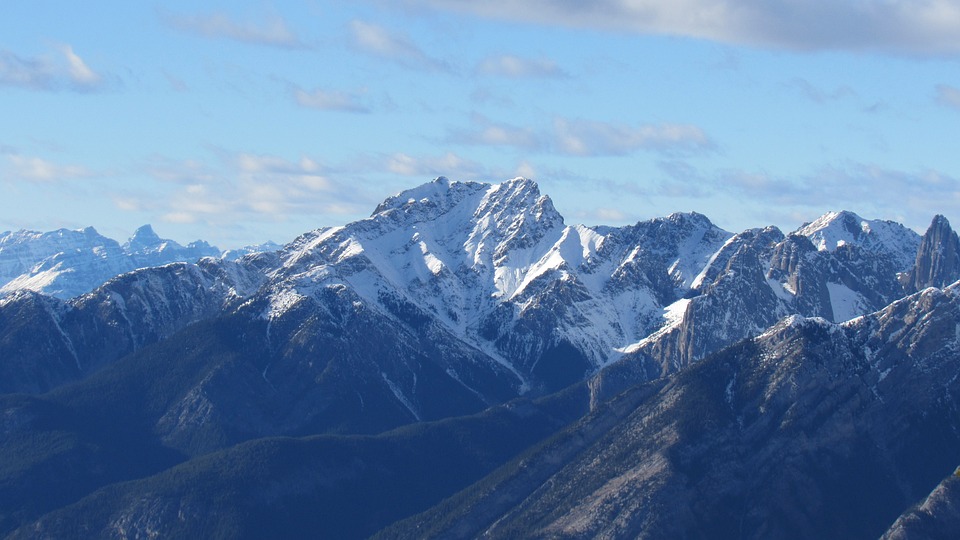Not the Highest, But the Tallest: Mauna Kea and Mauna Loa’s Surprising Height Advantage
When it comes to measuring the height of mountains, most people assume that the tallest peaks are the ones with the highest summits. However, that’s not always the case. In fact, two Hawaiian volcanoes, Mauna Kea and Mauna Loa, have a surprising height advantage that sets them apart from other mountains around the world. But what makes them so tall, and why do they stand out from the rest?
The Importance of Base Height
To understand Mauna Kea and Mauna Loa’s height advantage, it’s essential to focus on the base of the mountain rather than its summit. While Mauna Kea has a summit elevation of 13,803 feet (4,207 meters) above sea level, Mauna Loa’s summit is slightly lower, at 13,680 feet (4,169 meters). However, Mauna Loa’s base is much wider, with a base elevation of around 6,000 feet (1,829 meters) above sea level. Mauna Kea’s base, on the other hand, is much narrower, with a base elevation of around 2,000 feet (610 meters).
The Calculations Behind the Height Advantage
So, what does this mean in terms of overall height? To calculate the height of a mountain, scientists use a formula that takes into account both the summit elevation and the base elevation. By using this formula, we can see that Mauna Loa’s total height from its base to its summit is actually around 33,476 feet (10,203 meters), making it the tallest mountain in the world. Mauna Kea, with a total height of around 31,800 feet (9,700 meters), comes in second.
Why Do Mauna Kea and Mauna Loa Stand Out?
Mauna Kea and Mauna Loa’s height advantage is due in part to their unique geological history. These two volcanoes are part of the Big Island’s volcanic chain, which was formed by hundreds of thousands of years of volcanic activity. The constant eruption of lava and ash over time has built up their bases, creating a massive landmass that rises thousands of feet above the surrounding ocean floor.
Image: Mauna Kea and Mauna Loa’s Height Advantage
The image below shows the relative heights of Mauna Kea and Mauna Loa compared to other famous mountains around the world. While they may not be the highest in terms of summit elevation, their wider bases give them a significant height advantage.
FAQs
Q: Why don’t we always measure mountain height by the summit elevation?
A: Measuring base elevation is important because it takes into account the mountain’s overall size and shape. Base elevation can affect the mountain’s stability, wildlife habitats, and even its effects on the surrounding environment.
Q: How was the height of Mauna Kea and Mauna Loa calculated?
A: Scientists used a combination of satellite imaging, surveying, and geological research to measure the base and summit elevations of the volcanoes.
Q: Are Mauna Kea and Mauna Loa active volcanoes?
A: Mauna Loa is considered an active volcano, with several eruptions occurring over the past century. Mauna Kea, on the other hand, has not erupted in recent history, although it is still considered a dormant volcano.
Q: What is the significance of Mauna Kea and Mauna Loa’s height advantage?
A: Their surprising height advantage highlights the importance of understanding mountain height in a broader context. It also reminds us of the unique geological history of these two volcanoes and the importance of protecting and preserving these natural wonders.
In Conclusion
Mauna Kea and Mauna Loa may not have the highest summits, but their unique geometry and geological history give them a surprising height advantage. By considering the base elevation and overall size of these volcanoes, we can gain a deeper appreciation for their incredible scale and importance in the natural world.



